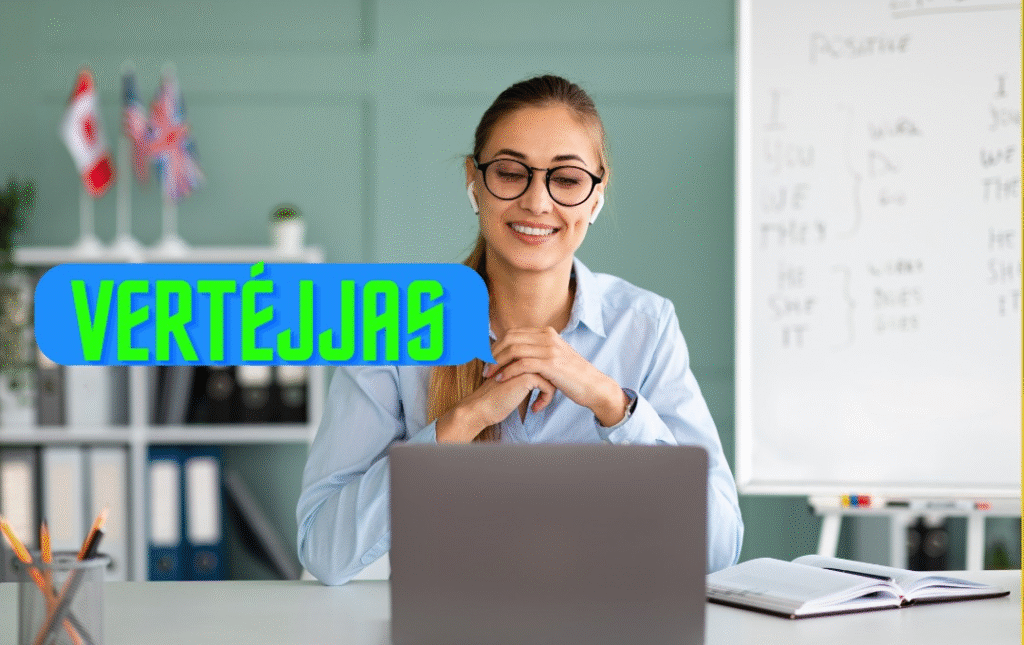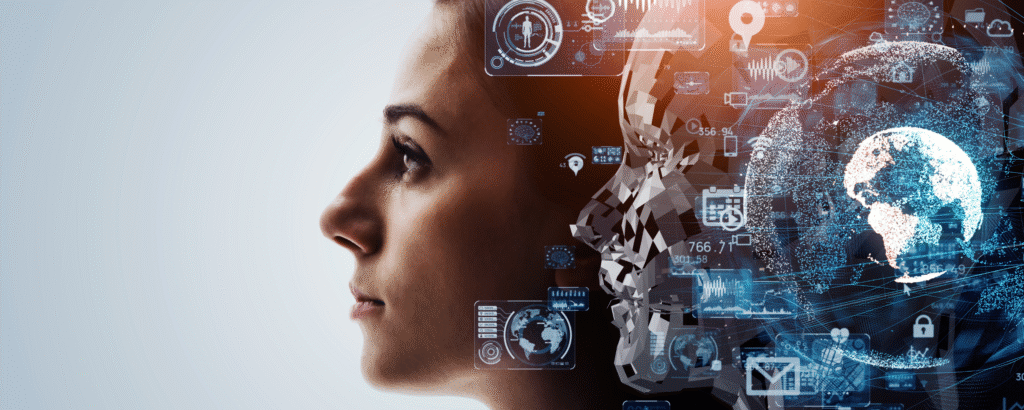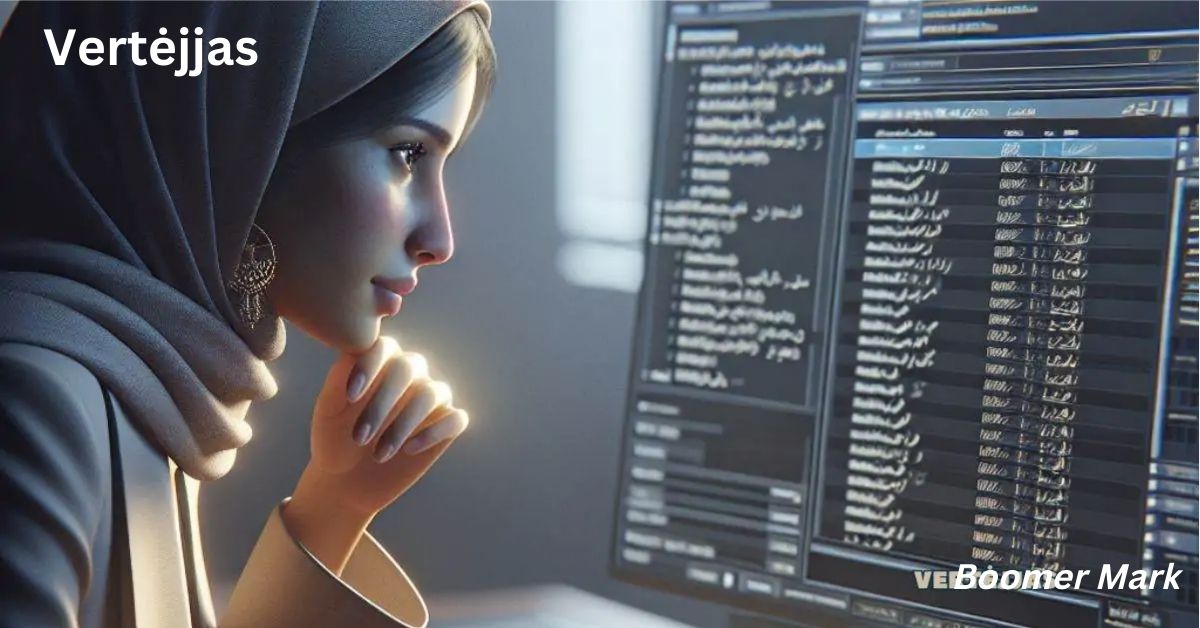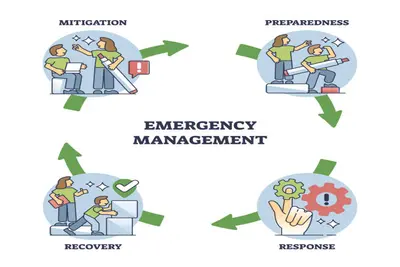What Is Vertėjjas?
Vertėjjas is the Lithuanian word for “translator.” A vertėjjas is a person or tool that helps translate spoken or written language from one to another. The purpose of a vertėjjas is not just converting words but helping people understand each other across language barriers. In a global world where we speak hundreds of languages, the role of a vertėjjas is more important than ever.
Why Vertėjjas Matters Today
In today’s world, people from different countries work, study, and talk together online and offline. Vertėjjas helps in many ways, such as when we travel, watch foreign films, read global news, or do international business. Without vertėjjas, many of these things would be difficult or even impossible.

Types of Vertėjjas: Human and Machine
There are two main types of vertėjjas: human translators and machine-based translators (software or tools).
Also Read:Kennedy Funding Ripoff Report: A Deep Dive into Allegations and Reality
Human Vertėjjas
Human vertėjjas are real people who understand both the source and target languages deeply. They can translate not just words but also feelings, culture, and meaning. A good human vertėjjas knows the context and can adapt the message for the audience.
Machine Vertėjjas
Machine vertėjjas are tools like Google Translate or DeepL. These tools use artificial intelligence and large language databases to translate texts quickly. While they are fast and useful, they sometimes miss the cultural meaning or context.
How Vertėjjas Helps in Real Life
Vertėjjas is used in many areas. In travel, tourists use apps to talk with locals or read signs. In education, students read books in other languages. In healthcare, doctors and patients understand each other better. In business, companies sell products globally and communicate with international clients. In media, people read news from different countries. In legal and government settings, important documents are translated for official use.
The Skills a Good Vertėjjas Needs
A professional vertėjjas needs many skills. These include strong vocabulary in both languages, knowledge of grammar and writing rules, cultural understanding, research ability, good listening and speaking (for interpreters), and patience and accuracy.
Challenges Vertėjjas Faces
Being a vertėjjas is not always easy. Some challenges include finding the right words in the target language, translating idioms or slang, working under pressure in real-time situations, keeping the message clear but natural, and respecting confidentiality.
Also Read:Unsent Project: A Global Window Into Unspoken Love
Vertėjjas in the Digital Age
With the growth of the internet and smartphones, vertėjjas has gone digital. Many people use online vertėjjas tools daily. While helpful, digital tools still need improvement. Human touch is still needed for quality translation in sensitive fields like law or medicine.
The Future of Vertėjjas

The future of vertėjjas is exciting. With artificial intelligence, vertėjjas tools are becoming smarter. Real-time speech translation, automatic subtitle generation, and multilingual chatbots are already changing the way we communicate. But even as tech grows, the human vertėjjas remains important, especially when we need emotion and meaning, not just words.
Vertėjjas and Cultural Understanding
A vertėjjas does more than just change language. They help people understand each other’s culture, history, and values. For example, when translating a story, a vertėjjas ensures that the reader in another country feels the same emotion as the original audience. That is a powerful skill.
How to Become a Vertėjjas
If you want to become a professional vertėjjas, here is what you can do. Learn two or more languages well. Get formal education or training in translation. Practice a lot by translating books, articles, or videos. Understand the culture behind each language. Consider joining a professional vertėjjas group. Many universities offer translation studies. Some people also become vertėjjas by gaining experience in real life and building a portfolio.
Best Tools Used by Vertėjjas
Modern vertėjjas often use software to help their work. Some common tools include CAT tools (Computer-Assisted Translation) that help break down text and reuse past translations, terminology databases that save and share special words, and online dictionaries and grammar checkers. These tools make work faster and more accurate.
Also Read:Drive Social Media Lawsuit: What Happened and Why It Matters
How Vertėjjas Improves Global Business
In business, clear communication is key. A vertėjjas helps companies grow in other countries. Whether it’s translating product descriptions, user guides, ads, or websites, vertėjjas makes sure that messages are clear and local customers feel respected. For example, a slogan that sounds great in English might sound silly or rude in another language. A good vertėjjas avoids that by adjusting the message without changing its meaning.
Vertėjjas in Entertainment and Media
Vertėjjas plays a big role in the world of movies, TV, books, and games. Subtitles, dubbing, and voiceovers all need translation. A good vertėjjas ensures the emotion and style match the original. This allows people around the world to enjoy the same stories.
Common Mistakes Made by Vertėjjas
Even skilled translators can make mistakes. Common problems include translating word-for-word (literal translation), ignoring the culture of the target audience, missing double meanings or jokes, and using incorrect grammar. A professional vertėjjas checks and edits their work to avoid these errors.
Ethical Responsibilities of a Vertėjjas
Vertėjjas have an ethical role. They often deal with private or sensitive information. That means they must keep all information confidential, stay neutral and avoid changing the message, be honest about their language skills, and deliver accurate and fair translations.
How Vertėjjas Helps in Crisis and Emergencies
During emergencies, vertėjjas can save lives. In natural disasters, wars, or medical emergencies, clear communication is vital. A vertėjjas helps doctors, aid workers, and officials talk to people in need, making rescue and care more effective.
Translation vs. Interpretation: What’s the Difference?
Many people think vertėjjas means both translation and interpretation. But there’s a difference. Translation deals with written language, while interpretation involves spoken language. Both need high skills but in different ways. Interpreters must think and speak fast. Translators can take more time and check their work.
Also Read:127.0.0.1:62893 — A Complete and Easy Guide
How to Choose the Right Vertėjjas for Your Needs
When looking for a vertėjjas, ask these questions. What languages do they translate? Do they know the subject area? Can they meet your deadline? Do they have good reviews or samples? Hiring the right vertėjjas means better quality and fewer misunderstandings.
The Importance of Localized Translation
Localization means adapting a message to a local audience. A vertėjjas doing localization changes money, dates, units, and style to match local customs. This makes people feel that the message was made for them, not just translated.
Famous Vertėjjas in History
Throughout history, many vertėjjas helped build bridges between cultures. Some were scholars who translated religious or scientific texts. Others were diplomats or explorers who made contact with new cultures. Their work helped spread ideas and connect people long before the internet existed.
The Emotional Intelligence of a Vertėjjas
A great vertėjjas has more than language skills. They need emotional intelligence. This means understanding tone, emotion, and intent behind words. A cold translation can miss the heart of the message. A smart vertėjjas brings it to life.
FAQs About Vertėjjas
What does vertėjjas mean? Vertėjjas is the Lithuanian word for translator, someone who changes text or speech from one language to another.
Is vertėjjas only for written text? No. Vertėjjas can also be for spoken words. These are called interpreters.
Can a machine replace a human vertėjjas? Not fully. While machines are fast, human vertėjjas are better at understanding culture, emotion, and complex language.
How can I become a vertėjjas? You need strong skills in two or more languages, training or experience in translation, and a good understanding of cultures.
Why is cultural knowledge important for a vertėjjas? Words have different meanings in different cultures. A good vertėjjas avoids mistakes by knowing these cultural differences.
Are vertėjjas services expensive? It depends on the task. Simple jobs cost less. Specialized or urgent jobs cost more.
Can I trust free online vertėjjas tools? For simple tasks, yes. But for important work, a human vertėjjas is more accurate.
Final Thoughts on Vertėjjas
Vertėjjas is more than translation. It’s about connection. It brings people, cultures, and ideas together. In a world where communication is key, vertėjjas helps build understanding and peace. Whether you’re using a phone app or hiring a professional, the work of a vertėjjas touches all of us every day.
As technology changes, the vertėjjas will adapt too. But the heart of this role—helping people understand each other—will always stay the same.

